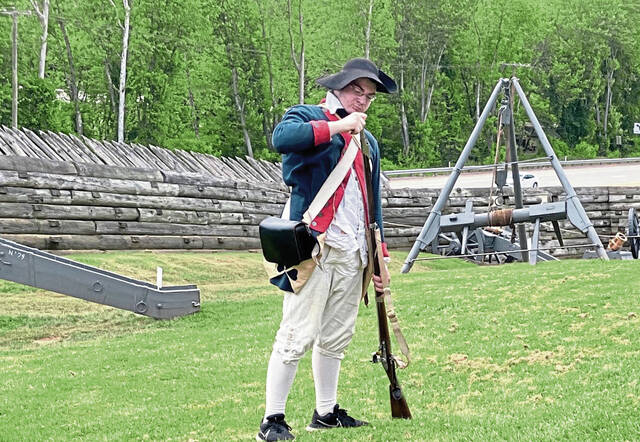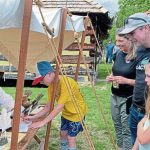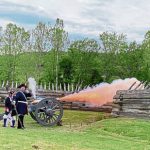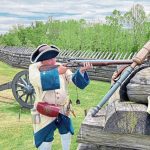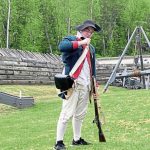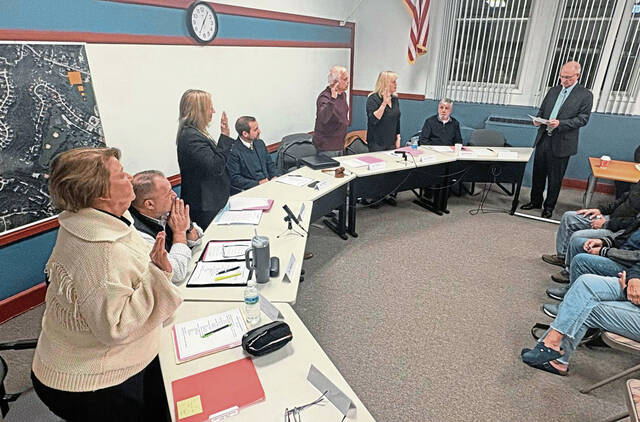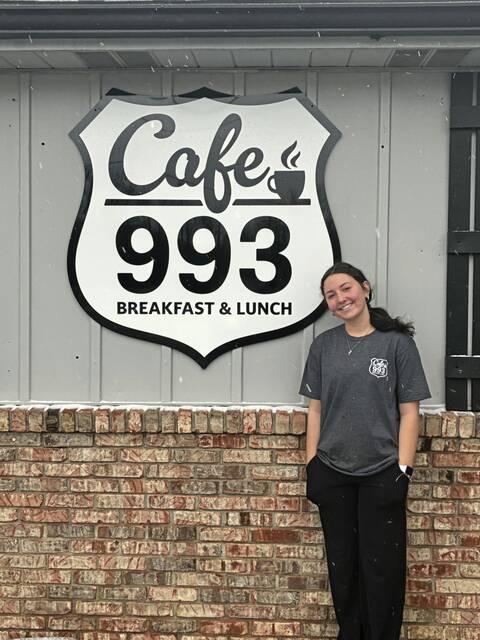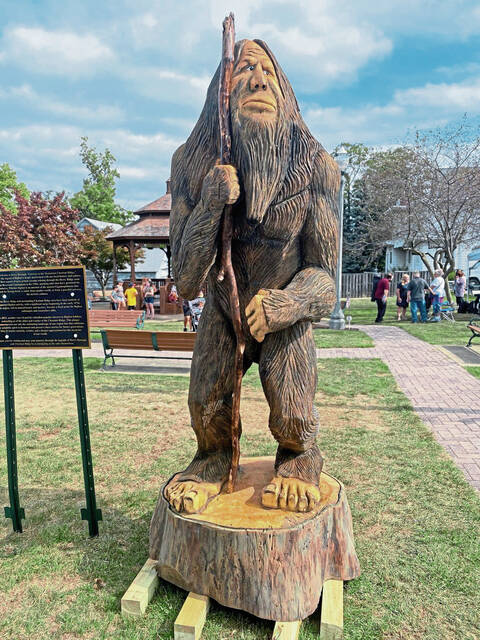As 18th century military reenactors at Fort Ligonier were preparing Sunday to fire six- and 12-pound cannons packed with explosive cartridges meant to imitate the sound of cannonballs, David Evans of Pittsburgh’s North Hills was teaching his daughter, Quinnlynn, about the weapons she was seeing.
Evans, a native of England, brought a perspective to the 18th century reenactment that might have differed from the other 400 visitors who were experiencing the event, learning what it was like for North Americans to live and fight in the French and Indian War.
“This is a great weekend for us to come,” said Evans, visiting the fort for the first time with his wife, Heather, son, William, 11, and Quinnlynn, 10.
The 18th century military encampment is held annually on Memorial Day weekend. The events Saturday and Sunday drew reeneactors from as far as Alabama and Missouri, as well as communities in Southwestern Pennsylvania.
They gave visitors a view of colonial life at the reconstructed fort that replicates the wooden compound along the Loyalhanna Creek, where British and colonial soldiers held off an attack by French and Native Americans in October 1758.
Matt Gault, education director at Fort Ligonier, reminded visitors that the French and Indian War was a small part of the Seven Years Conflict that involved several nations in Europe. The war in North America was set off in a skirmish at Jumonville Glen, Fayette County, in May 1754, and then at Fort Necessity, where French soldiers and Native American allies defeated a young George Washington at the Great Meadows in July 1754.
“It was part of the global conflict with global repercussions … leading to the American Revolution,” Gault said.
Cyndie Stitt of Dayton, Armstrong County, was visiting Fort Ligonier for the the first time.
“This is just amazing,” she said, as she and her husband, Sonny, met some of the reenactors.
Among reenactors drawn to the fort was a contingent of men portraying French marines. They came from as far away as Alabama, Illinois and Indiana.
One was Max Michael of Indianapolis, who carried around a 30-pound wall gun, big enough to fire a one-inch musket ball, Michael said. It has a range of about 600 yards.
“It is just a wonderful facility,” Michael said of Fort Ligonier.
Michael, who began as a reenactor about 20 years ago, after some gentle prodding from his then-10-year-old daughter, said he portrays a French marine who took the wall gun when the French captured Fort William Henry near Lake George, N.Y.
“And I’m returning it to the British one musket ball at a time,” Michael quipped, as he placed the wall gun against the parapets of the fort.
A French marine reenactor with real ties to France was Francois Naussac of Huntsville, Ala.
Naussac explained that his father lived in Lyon, France, during the German occupation in World War II. Naussac said he moved to the United States.
One of the soldiers who did not have to travel many hours to reach Fort Ligonier, Zachary Beattie of South Fayette, was taking part in his first reenactment. He said he became involved through family and friends.
“It has been awesome. I’m learning as well,” Beattie said.





